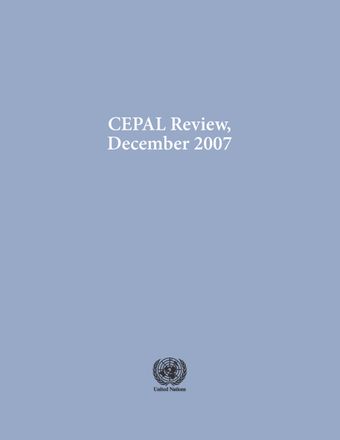-
The macroeconomics of the Latin American economic boom
- Source: CEPAL Review, Volume 2007, Issue 93, Dec 2007, p. 7 - 28
- Spanish
-
- 14 Dec 2007
Abstract
This paper argues that the recent boom in the Latin American economies can be explained by the conjunction of two external factors not found together since the 1970s: strong commodity prices (more so for hydrocarbons and mining products than for agricultural commodities) and exceptional external financing conditions. Concerning the latter, the key development was the massive influx of capital during two periods of “exuberance” in international financial markets (between mid-2004 and April 2006, and between mid-2006 and mid-2007), particularly the second. It also argues for the importance of spreading and consolidating Latin America’s two great (and complementary) macroeconomic policy innovations of recent years: countercyclical fiscal management (still confined to just a few countries) and active intervention in currency markets. Such intervention needs to be based on a growing recognition that the real exchange rate ought to be an explicit goal of macroeconomic policy.





